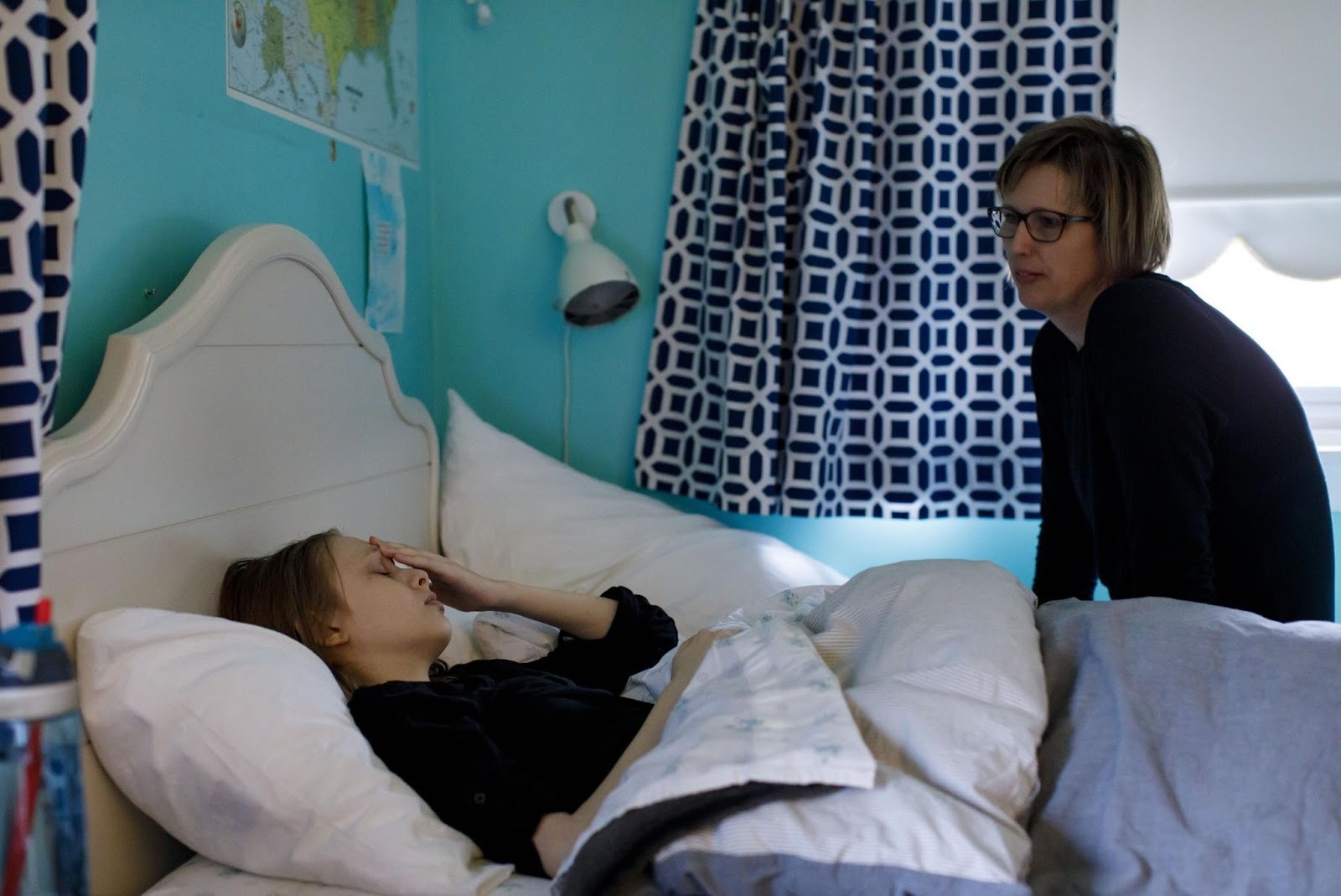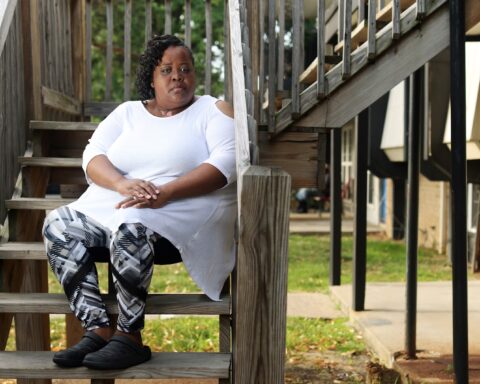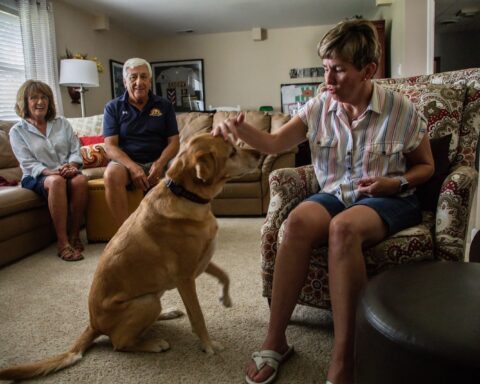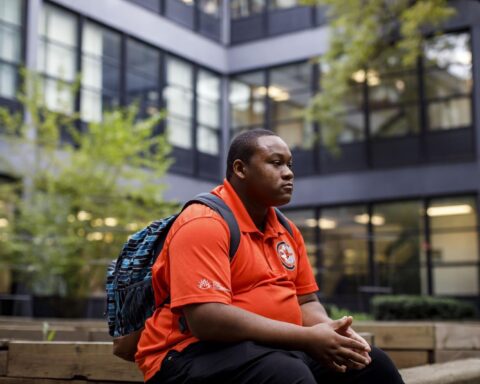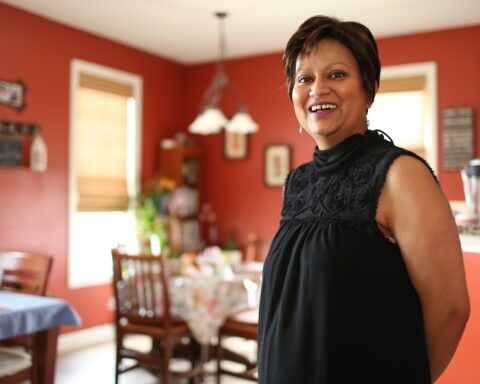Megan Nakamoto’s daughter Emma was a dancer, a straight-A student and a cheerleader. But in eighth grade, Emma began to feel dizzy and exhausted by the end of each day, to the extent that she dropped out of her favorite activities.
After years of searching for an answer, Emma, now 18, was diagnosed with myalgic encephalomyelitis (ME), also known as chronic fatigue syndrome (CFS) — a debilitating neuroimmune condition that leaves one depleted of energy.
And according to a January study from DePaul University, most children living with the illness have not been diagnosed. Together with Ann & Robert H. Lurie Children’s Hospital of Chicago, researchers screened more than 10,000 children in the Chicagoland area aged 5-17 for myalgic encephalomyelitis.
Ultimately, the study found the prevalence of myalgic encephalomyelitis among children to be 75 in 10,000, and less than 5% of children with ME/CFS were previously diagnosed. The study also showed children of African American and Latinx descent were twice as likely to be living with undiagnosed ME.
“There’s a lot of problems with finding diagnoses in treatment settings, so this is something that parents are going to struggle with,” said study co-author Leonard Jason. “I don’t know of any illness that is as scarce in terms of resources for families who have sick children as this — that’s a national disgrace.”
Jason, a DePaul University psychology professor who has studied myalgic encephalomyelitis in adults for 30 years, led the seven-year study along with Dr. Ben Katz, a pediatric infectious disease specialist at Lurie’s.
“In our health care system today, it might be harder to diagnose ME with assessments of 10-15 minutes, but that’s sometimes all you get with a number of practitioners,” Jason said. “And those who don’t have the resources to keep pushing for a diagnosis or to take their child to top-of-the-line assessment sites — that are probably out of the state — are going to be at a disadvantage for diagnoses.”
Symptoms of ME include feeling drowsy regardless of the amount of sleep; worsening of symptoms after minor physical or mental activity, with symptoms that lasts for days or weeks; difficulties with concentration; and dizziness when standing up.
ME impacts one’s ability to do daily tasks like going to school and focusing and, per the nonprofit disease organization Solve ME/CFS Initiative, ME’s effects leave one in four patients housebound or bedridden.
ME can come on suddenly or gradually. The disease was in the spotlight a few years ago when Jennifer Brea, stricken with the disease in 2011, made the documentary “Unrest” from her bed. The film captured the experiences of those living with ME around the world.
“The most important thing for children is to be accepted by their peers and if you don’t have the energy to socialize and do things with them and develop those friendships, that is a real obstacle,” Jason said. “If they don’t have the energy to prepare for class or to stay focused in the classroom, they can get picked on by people who say you’re lazy, off task, not trying.
“There are a lot of potential barriers that these children can be exposed to, from peers, to teachers, to medical staff and even the family members who don’t understand.”
Myalgic encephalomyelitis is a difficult disease to tackle, in part due to scarcity of resources, few physicians with the expertise to make a clear diagnosis, and a lack of a diagnostic test, Nakamoto said.
The Lincoln Park mother of two remembers her eldest daughter as “active and vibrant” before she started to get dizzy, get migraines and feel so tired by the end of the school day that the school nurse brought it to Nakamoto’s attention.
Trips to the pediatrician, a neurologist, an allergist and an eye doctor yielded no definitive diagnosis. Meanwhile, Emma ceased dancing and cheerleading, and she transitioned to a school environment that catered to her increasing health needs, Nakamoto said.
“We were going to these appointments, but still not getting answers,” Nakamoto said. “As a parent, you’re struggling. When you have a sick child, your child doesn’t get to experience all the normal things that a teenager should experience. Other people don’t understand exactly what you’re going through — and you hope that they never have to.”
It wasn’t until the Nakamotos sent Emma’s medical records to a New York physician that Emma was diagnosed with myalgic encephalomyelitis. Nakamoto believes overlapping infections, like Epstein-Barr virus and Lyme disease, are at the root of what triggered Emma’s ME. Emma is taking medication for her symptoms, but her energy is usually exerted after three hours.
“When your child is exhibiting all these different symptoms, you have to look for a root cause,” Nakamoto said. “I think any parent whose child is really sick, who exhibits signs of ME, keep looking for a root cause and never stop looking.”
Amy Mooney’s daughter Elizabeth was diagnosed with myalgic encephalomyelitis when she was 9 years old. Now, at age 14, Elizabeth’s energy is maxed out after 15 minutes.
Mooney said her daughter needs help dictating her work and pushing through cognitive fogs. A tutor comes to their Riverside residence to do bedside lessons once a week.
Mooney said as time goes on, symptoms have worsened and taken a toll on the teenager’s body. Elizabeth’s health is so fragile, Mooney is afraid every time they go to a hospital, they won’t let her daughter leave. Both moms took to the Internet to find resources for their children. It was a doctor in North Carolina, who has since retired, who diagnosed Elizabeth.
“When an adult has ME, they can speak for themselves. But for a child, they’re not speaking for themselves at a doctor’s office,” Mooney said. “Kids have to be mature enough to be able to describe what they’re feeling to the parent, and then the parent has to have enough understanding of what those symptoms are to relay them to a medical provider. So, it’s convincing the parents that these are real, valid symptoms.”
Nakamoto advised parents to advocate for their children, push to see specialists and research their conditions on blogs or by contacting doctors in different locations.
“There’s a wealth of information and resources for parents,” she said. “I learned a tremendous amount.”
